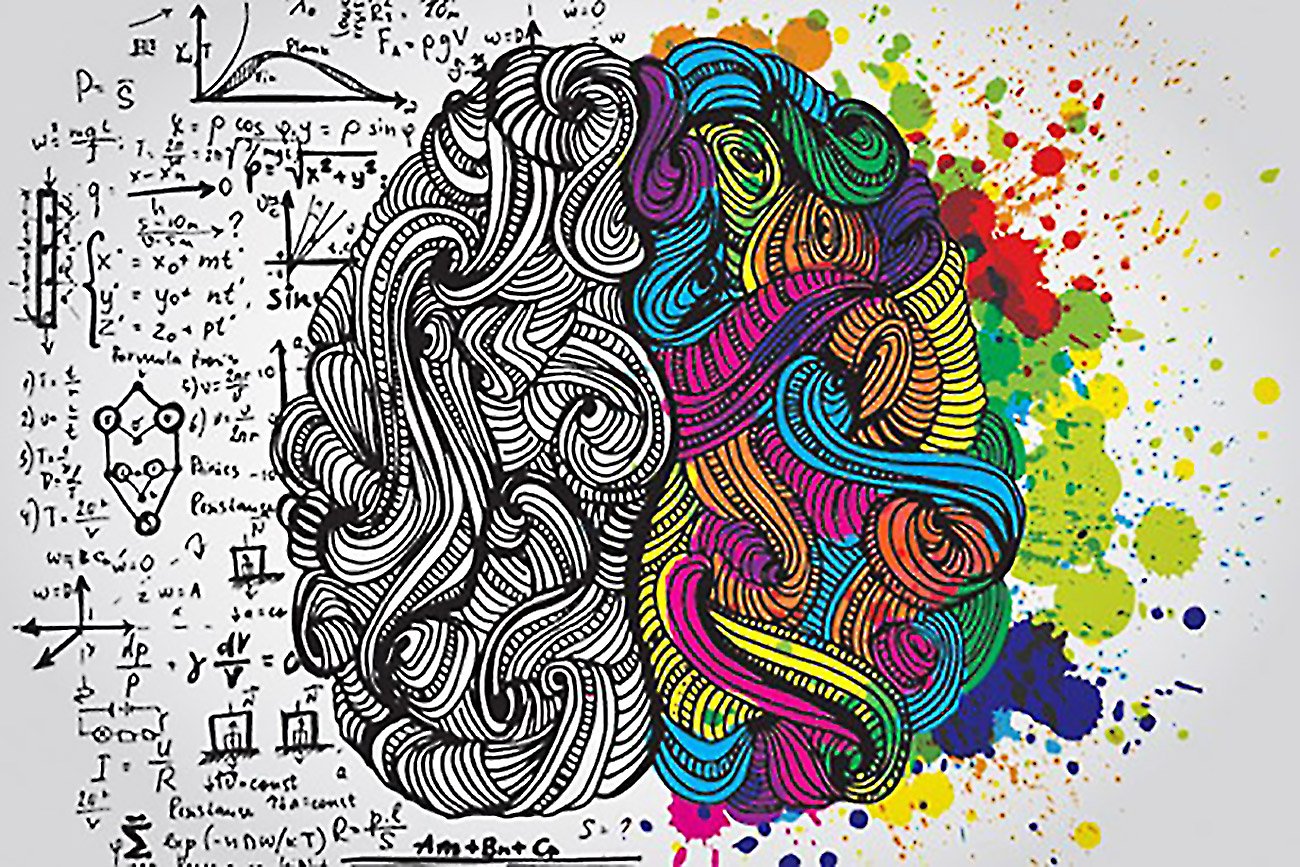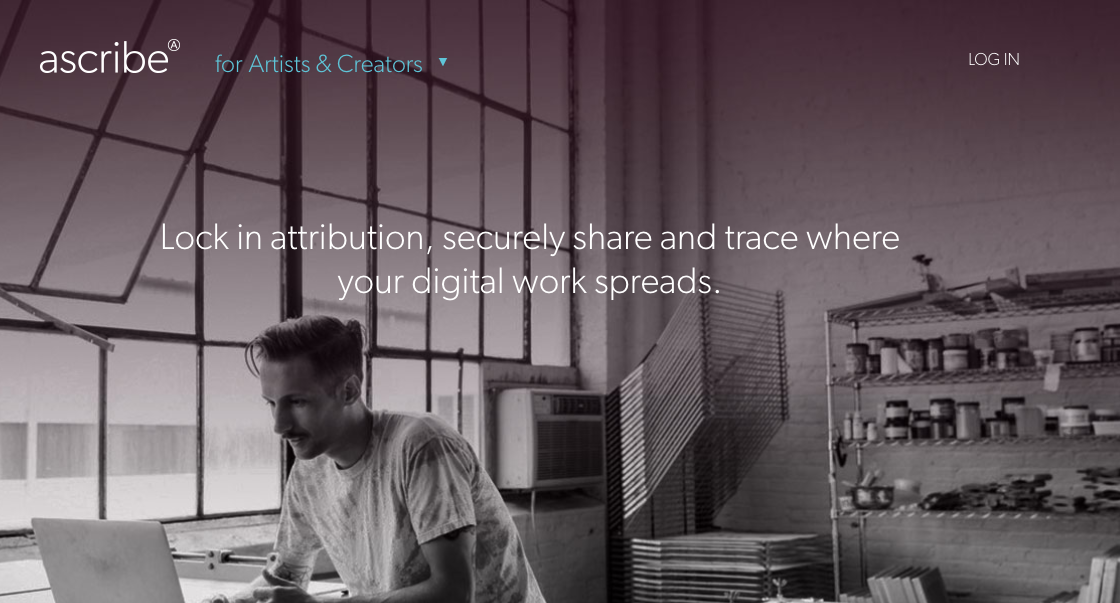
Being a famous artist might be one of the main job-of-your-dreams for thousands of talented youngsters, although just few of them know exactly how somewhat unfair that industry actually is. The record sector pushes artists and creators to sign abusive contracts where royalties for their own content fade away between all parties involved; at the same time, new intermediary platforms such Spotify or Youtube don’t do any better to already underpaid creators. If that wasn’t enough damage, widespread copying and illicit reproductions keep happening at a growing pace while cases pile up in endless lawsuits.
However, not everything is lost in this marvellous industry. Right now, new companies and technologies are starting to lend some of their traits to help out defenceless creators in their seek for a better and fairer creative industry. And blockchain might be the definitive answer for that.
This distributive ledger technology could leverage this industry to new standards where artists would be at the centre of it – as it should’ve always been. According to expert Ryo Takahashi, blockchain-powered platforms “can redefine how artists are remunerated by acting as a platform for creators of intellectual property to receive value for their work.” And it can do it in five different ways: from enabling smart-contracts schemes to brand new reputation systems.
Addressing an unfair Industry
Smart-contracts are, in fact, one of the main characteristics for the blockchain to be extended to any transaction-based industry where middlemen are replaced by preset conditions found in the algorithms themselves . In a blockchain platform, data is seen as assets and so, in this particular case, artists and their creations can be tracked down as such from the beginning of the process to the very end, where users get access to it.
When there is no need of intermediary parties anymore, “royalties could be designed to be more inclusive, offering fairer terms for composers, lyricists, and musicians—all stakeholders involved in the creative process. PeerTracks is an example of a service for artists to seek immediate royalty payments and ownership of their content. The service works by attaching a smart contract to every song an artist uploads and dividing the revenue according to the terms the contract stipulates,” as Mckinsey’s expert Takahashi mentioned in his article.
Another major improvement blockchain can bring along is trusted peer-to-peer transactions. Through a blockchain platform, all participants have access to any modification made in such platform and so validating it. This transparency would allow artists, stakeholders and public to track down a specific piece of content to see where the money comes from and where it goes to
Takahashi goes a bit further and predicts that “blockchain will make it transparent who the owner of the creative material is. Services such as Ascribe.io offer to attribute ownership of creative works securely. The service works by providing each creative work with a unique cryptographic ID, verified with the blockchain. This means ownership can be traced and creative content securely shared.”

Being completely digitalised also allows new ways of selling content to minimum standards. A song, taken as example, can be divided into smaller parts and then sell it, not just the whole son but that divided piece. This “micromonetizing” system expands the selling point of any content and opens up new markets: more efficient and accurate. New creators could find this a way to head into an otherwise ultra-monopolised industry.
Intellectual properties, one of the main issues within this industry could benefit from this platform in an extra way, by promoting reputation systems. This means that in a blockchain, where all transactions and assets (creations) are recorded, ownership would become more clear and so members could report and approve new content written within. Artists, consumers and governments, therefore, might assist each other to make sure their creations are not reproduced without their permission, teaming up themselves in watchdogs-like organizations inside a self-regulated framework. Users and creators that promote good behaviour within the platform would be rewarded while baddies might get banned and reported.
The creative industry is nonetheless calling out for new changes where artists, their main protagonists, should be at the centre of it and not just treated as sideways. “Blockchain holds enormous potential to break down barriers that could lead to more efficiency, greater accountability, lower costs, and increased remuneration for artists. To reap these benefits, however, the technology will need to be developed responsibly within the right regulatory frameworks,” said Takahashi in a last call to save a bleeding sector.

Hernaldo Turrillo is a writer and author specialised in innovation, AI, DLT, SMEs, trading, investing and new trends in technology and business. He has been working for ztudium group since 2017. He is the editor of openbusinesscouncil.org, tradersdna.com, hedgethink.com, and writes regularly for intelligenthq.com, socialmediacouncil.eu. Hernaldo was born in Spain and finally settled in London, United Kingdom, after a few years of personal growth. Hernaldo finished his Journalism bachelor degree in the University of Seville, Spain, and began working as reporter in the newspaper, Europa Sur, writing about Politics and Society. He also worked as community manager and marketing advisor in Los Barrios, Spain. Innovation, technology, politics and economy are his main interests, with special focus on new trends and ethical projects. He enjoys finding himself getting lost in words, explaining what he understands from the world and helping others. Besides a journalist, he is also a thinker and proactive in digital transformation strategies. Knowledge and ideas have no limits.












